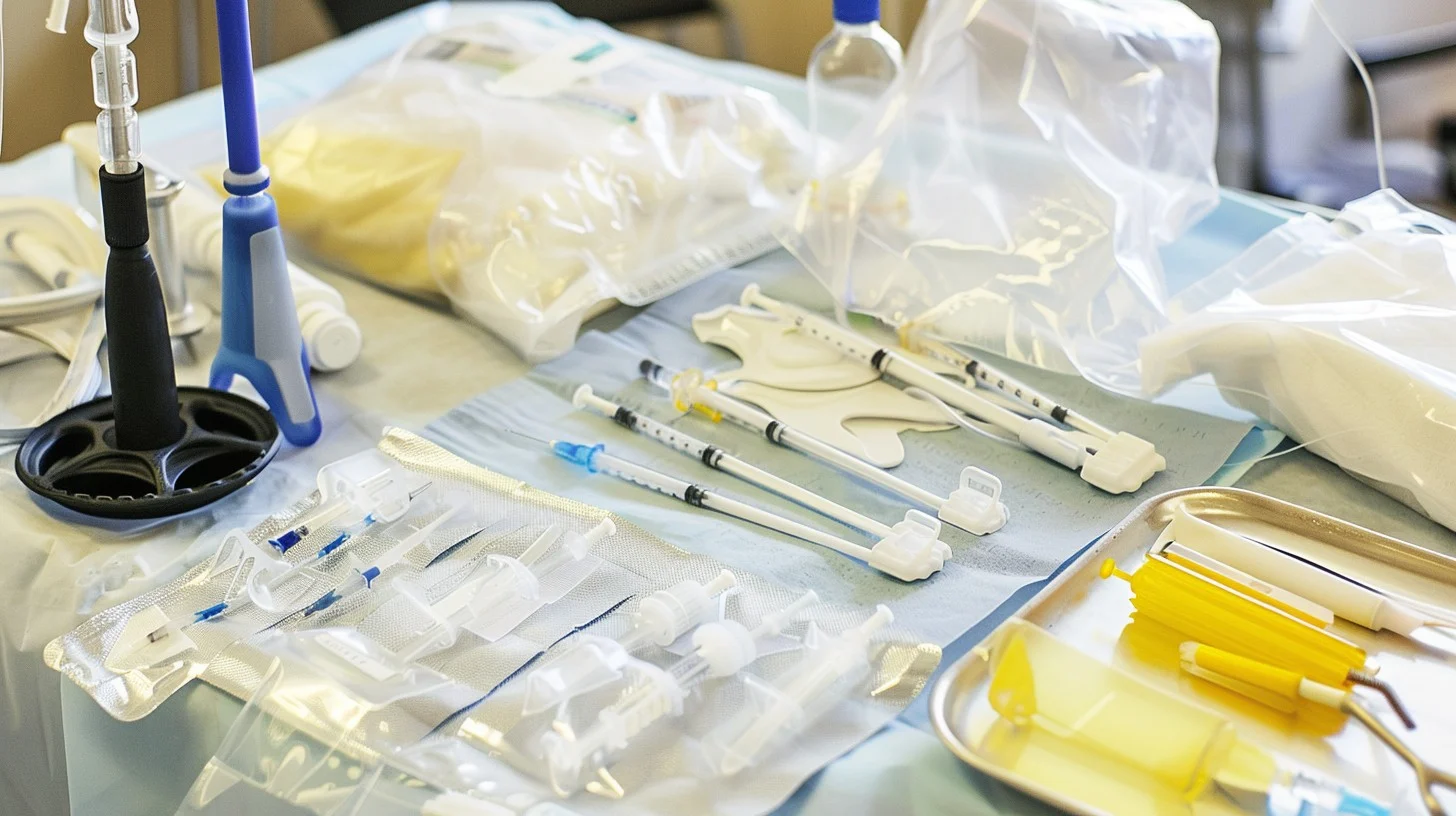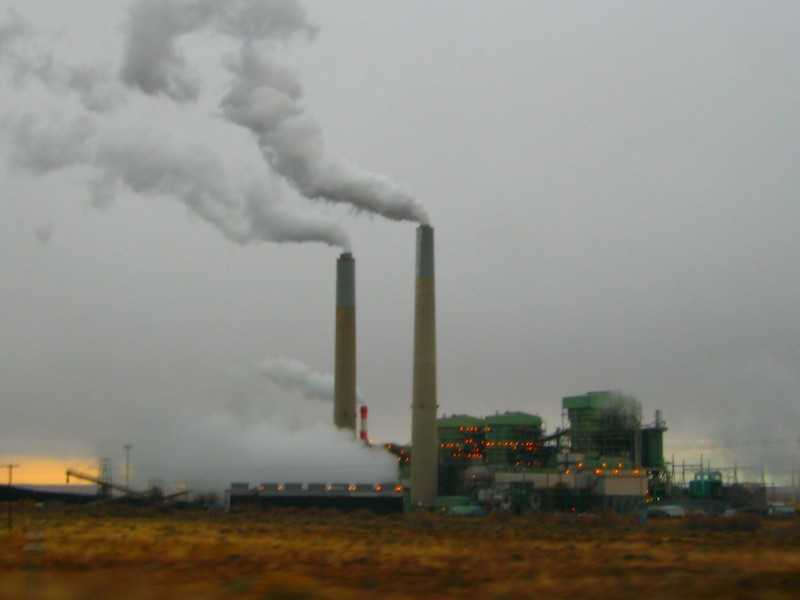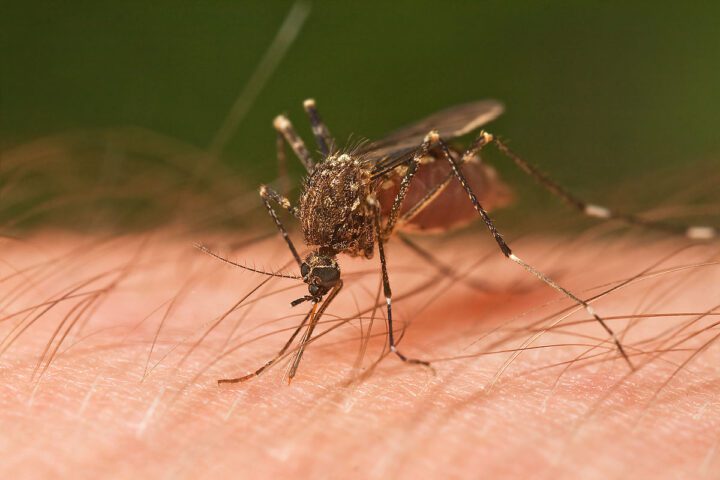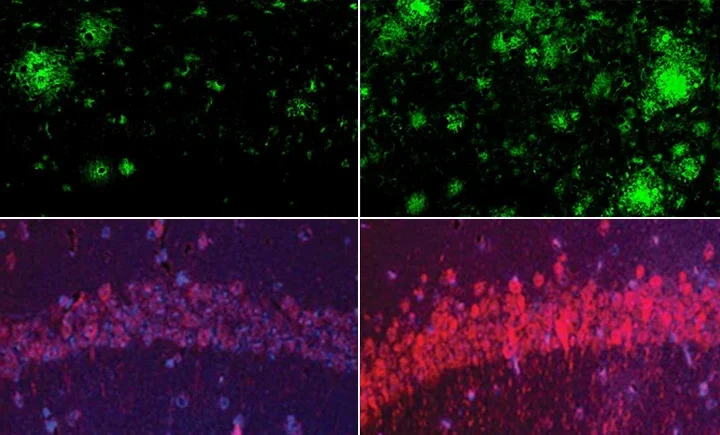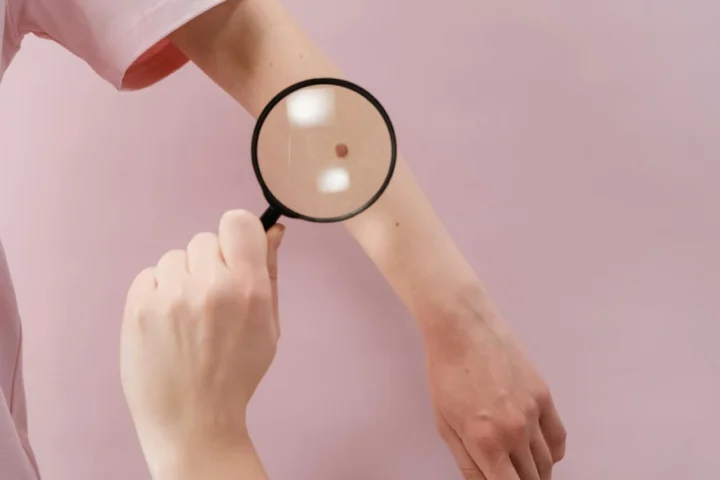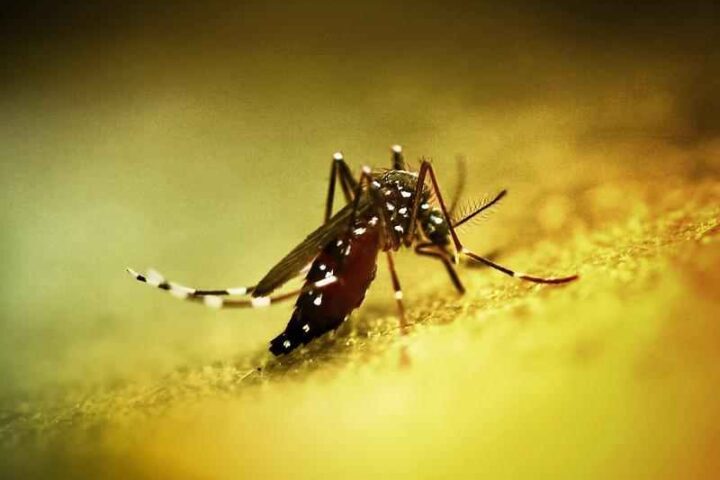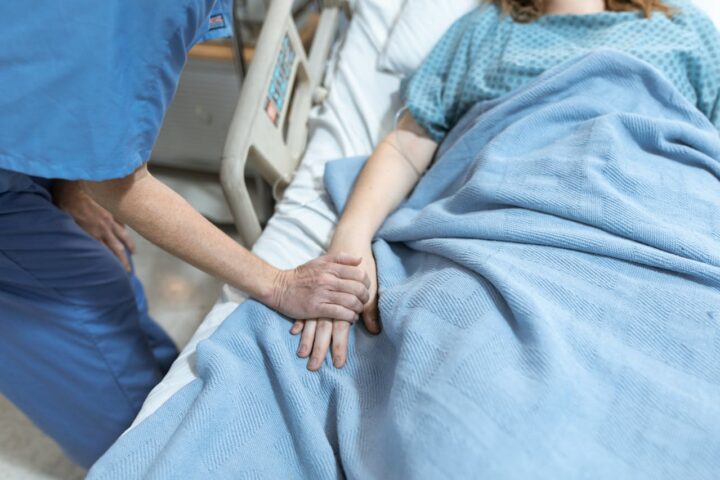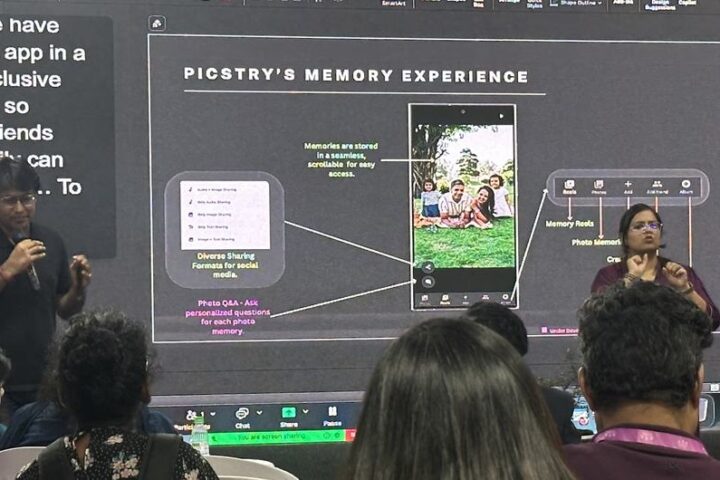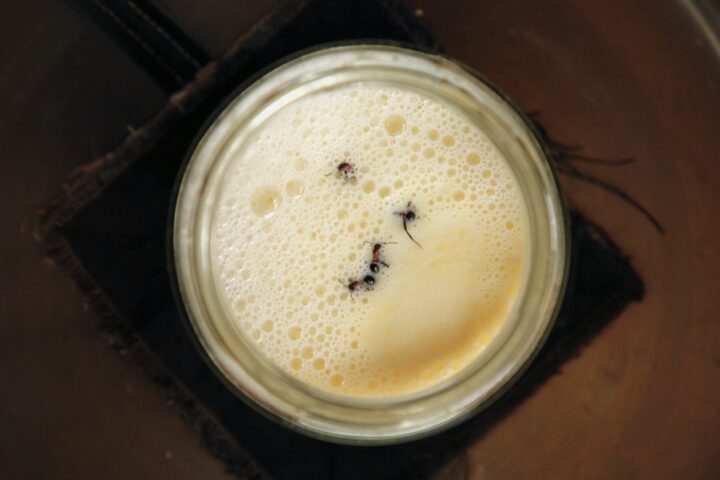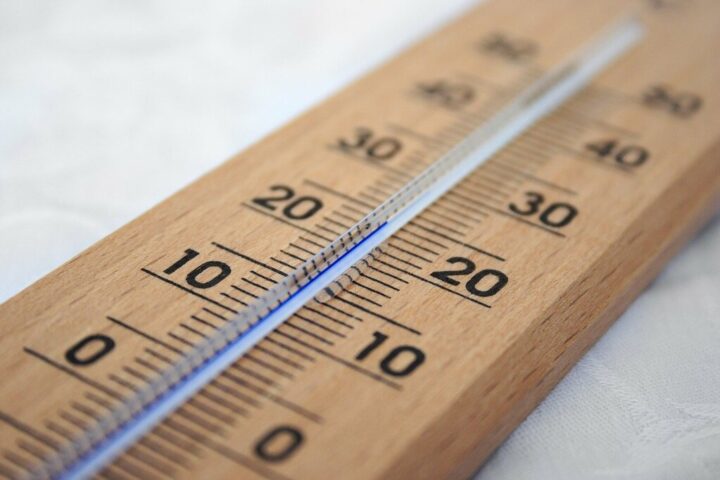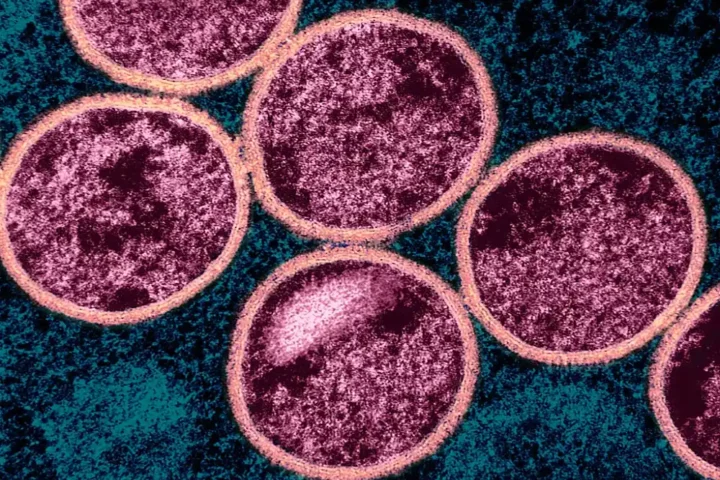A common hospital bacterium can actually eat the plastic used in medical devices like sutures and implants, according to new research. This unexpected finding has doctors and hospitals rethinking infection control and device safety.
Scientists at Brunel University London discovered that Pseudomonas aeruginosa, a dangerous hospital-acquired infection, produces an enzyme called Pap1 that breaks down polycaprolactone (PCL) – a plastic frequently used in sutures, wound dressings, stents, and surgical mesh.
“It means we need to reconsider how pathogens exist in the hospital environment,” said Professor Ronan McCarthy, who led the study published in Cell Reports. “Plastics, including plastic surfaces, could potentially be food for these bacteria. Pathogens with this ability could survive for longer in the hospital environment.”
The team’s laboratory tests showed the Pap1 enzyme degraded 78% of a plastic sample in just seven days. More concerning, the bacteria could use the plastic as its only carbon source – effectively eating it to survive.
This ability makes the infection harder to treat. The team found that the broken-down plastic fragments helped the bacteria form tougher biofilms – the protective coatings that help bacteria overcome antibiotics and persist in infections.
Pseudomonas aeruginosa already ranks among the World Health Organization’s critical priority bacteria for new treatments. It frequently causes catheter-related urinary tract infections and ventilator-associated pneumonia – both involving plastic-based equipment.
The discovery challenges the long-held belief that pathogens cannot break down medical plastics. While the researchers confirmed degradation only for PCL, they identified signs of similar enzymes in other bacteria, suggesting other plastics could be vulnerable.
Medical items potentially affected include:
- Bone scaffolds and dental implants
- Bandages and wound dressings
- Catheters
- Breast implants
From PETase to Pap1: Bacteria Learning to Eat Our Plastics
The Brunel discovery builds on earlier findings about plastic-eating bacteria. In 2016, scientists identified Ideonella sakaiensis in plastic waste, which produces PETase, an enzyme that breaks down polyethylene terephthalate (PET) bottles. Between 2018-2021, researchers mapped PETase’s structure and mechanism. Now in 2025, Howard and colleagues at Brunel found Pap1 in a clinical setting, making the jump from environmental curiosity to patient safety concern.
“Plastic is everywhere in modern medicine, and it turns out some pathogens have adapted to degrade it,” said McCarthy. “We need to understand the impact this has on patient safety.”
Medical Devices at Risk
The FDA’s 2021 safety profile for PCL noted its use in orthopedic screws and drug-delivery implants, describing minimal inflammation and expected degradation through hydrolysis over 1-2 years. However, the current guidelines don’t require testing for microbial degradation.
Similar Posts
The Health and Economic Toll
Pseudomonas aeruginosa causes approximately 559,000 deaths annually worldwide. In European hospitals, treating a multi-drug resistant P. aeruginosa infection costs about €15,265 per admission – triple the cost of non-resistant infections. In the US, these resistant infections cost roughly $4.6 billion in 2017 alone.
If the plastic-eating ability helps bacteria persist longer in hospitals, these numbers could rise further.
Gene Transfer: How Pap1 Could Spread
The Pap1 enzyme isn’t just concerning in isolation. The gene encoding it sits within a transferable genetic element similar to PAPI-1, which bacteria can share through horizontal gene transfer. This means the plastic-eating ability could potentially spread to other bacterial strains, creating new reservoirs of Pap1-capable bacteria.
“We should start to consider focusing on plastics that are harder for microbes to digest and potentially screening pathogens for these enzymes especially in unexplained prolonged outbreaks,” McCarthy said.
Alternative Materials Show Promise
Several materials may offer better resistance to Pap1 degradation:
- Polydioxanone (PDO): Used in absorbable sutures, its ether linkages may resist Pap1’s activity
- Polyether ether ketone (PEEK): A thermoplastic known for chemical resistance, used in spinal implants
- PLGA: Can be formulated to resist enzymatic breakdown
Antimicrobial strategies include silver nanoparticles embedded in PCL and photodynamic PCL fibers containing methylene blue that kill bacteria when exposed to light.
Beyond Hospital Walls
The discovery of Pap1 raises theoretical concerns about hospital wastewater. While P. aeruginosa is known to persist in sewage, no studies have yet confirmed whether Pap1-containing strains affect PCL breakdown in the environment. More research is needed to determine if the Pap1 gene could transfer to environmental bacteria.
What Hospitals Should Do Now
McCarthy suggests that infection control experts need to rethink how they monitor hospital environments. Screening for Pap1-producing bacteria may become important, especially during unexplained outbreaks.
Hospitals might also consider:
- Testing plastic surfaces for signs of degradation
- Reviewing which PCL-containing devices they use
- Implementing more frequent replacement schedules for plastic devices in high-risk areas
The Brunel study found Pap1 in a strain taken directly from a patient’s wound, indicating the enzyme is already present in clinical settings.

“We did highlight this was one study and that more research is now urgently needed to learn more about how prevalent these enzymes are amongst pathogens and the impacts that they can have on virulence,” McCarthy added.
The discovery that a hospital bacterium can digest medical plastic represents an important finding for healthcare facilities worldwide. As researchers work to understand how common these plastic-eating enzymes are, hospitals, manufacturers, and regulators may need to adapt to address this newly identified risk to patient safety.
